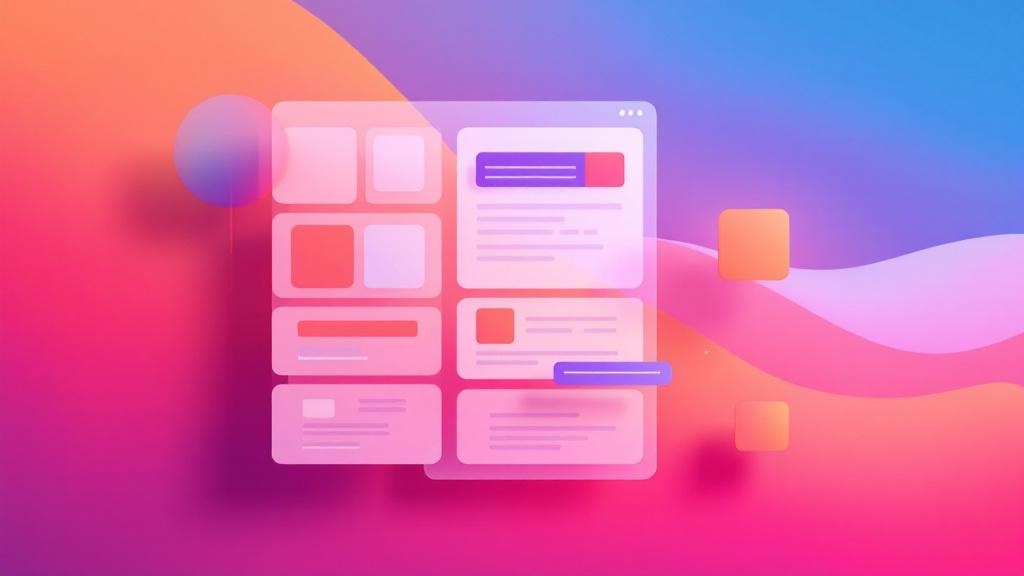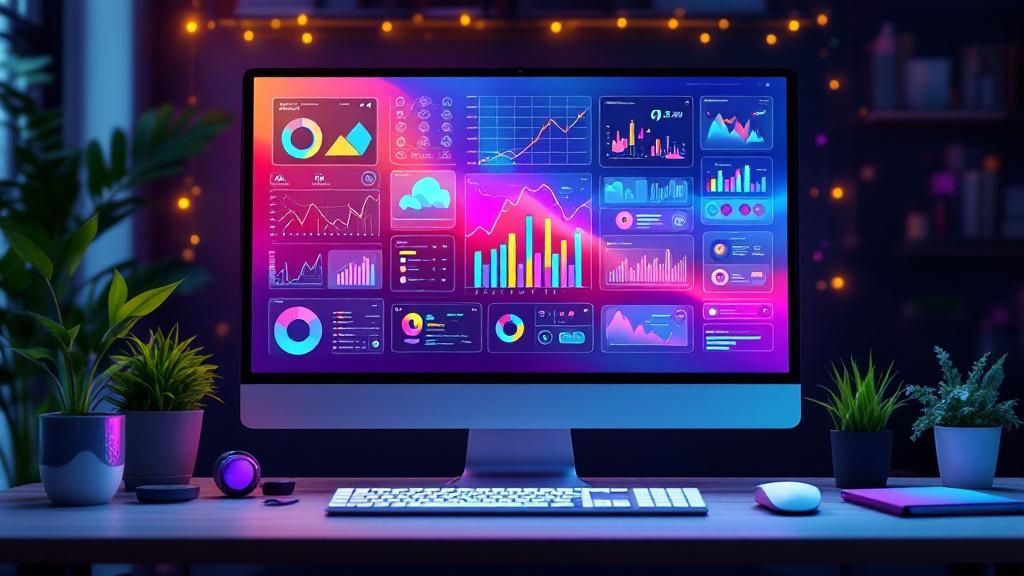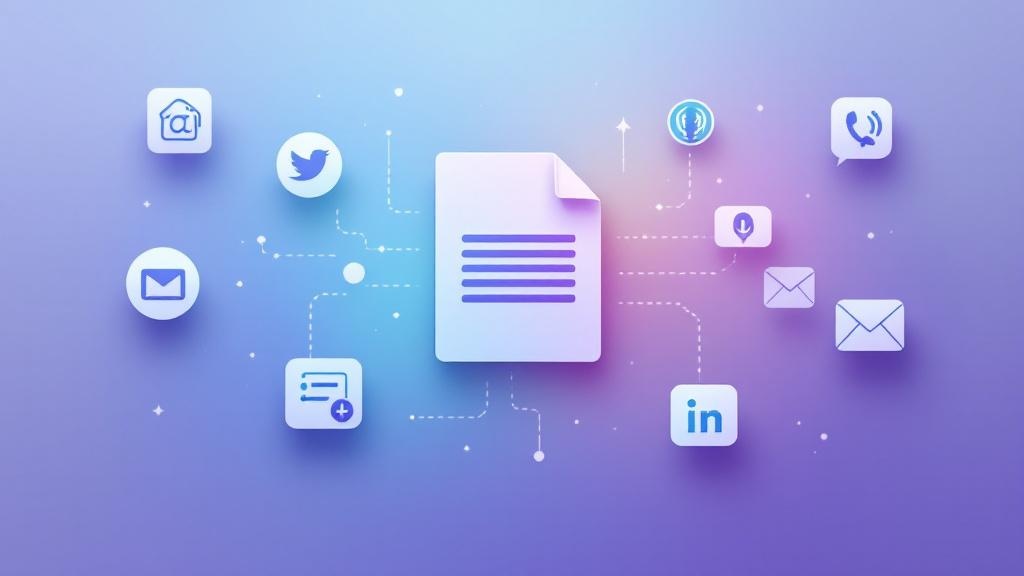Introduction
Content marketing is a long game, and blog posts—once published—can lose their effectiveness over time as trends shift, search algorithms evolve, and new data emerges. But what if you could give your old content a fresh lease on life without starting from scratch? In 2025, AI tools are revolutionizing how marketers, bloggers, and content creators recycle and revitalize outdated blog posts. Leveraging artificial intelligence to refresh content not only saves time but also improves SEO, re-engages audiences, and extends the value of your original work.
What once required a complete rewrite or a costly content strategist can now be achieved with intelligent automation and strategic customization. These advanced tools make it possible to reinvent the content lifecycle and offer scalable ways to stay competitive in a crowded digital landscape.

Identify High-Potential Blog Posts with AI Analysis
Before you begin revamping your content, AI tools can help you determine which posts are worth refreshing. Many platforms offer content performance analyzers that evaluate traffic patterns, bounce rates, backlinks, time-on-page, and reader engagement. By analyzing this data, AI can pinpoint which articles once performed well but have now declined—or those with untapped SEO potential.
More advanced systems even use predictive modeling to forecast which updates could generate the most ROI, based on seasonal interest, market behavior, or competitive gaps. Using these insights, you can prioritize updates strategically. For example, an old guide about social media strategy from 2019 may still be highly valuable if refreshed with new algorithm changes, platform features, or current examples from today’s influencers. This proactive content audit enables you to build a roadmap that maximizes impact with minimal effort, focusing on what truly matters for your audience and your brand’s goals.
AI-powered writing assistants can help revitalize outdated blog content by enhancing clarity and tone, as discussed in Boosting Productivity with AI-Powered Writing Assistants.

Use AI to Update Information, Keywords, and Accuracy
One of the most efficient uses of AI is content optimization. Natural language processing (NLP) models can compare your outdated blog against current search trends and suggest relevant, high-performing keywords. This allows you to re-target content for today’s search engine algorithms, increasing discoverability and ranking. Incorporating AI-generated insights also ensures your writing remains relevant and adheres to current audience expectations.
AI can also cross-reference your content with updated facts, industry benchmarks, breaking news, or new research findings to ensure ongoing relevance. Whether it’s replacing broken links, correcting outdated statistics, refining product references, or rewording phrases that no longer resonate, AI ensures that your blog remains both credible and current. It even flags opportunities for internal linking to boost site structure and domain authority. This level of intelligent updating makes it possible to stay ahead of the competition without reinventing the wheel.
The capabilities of large language models make it easy to repurpose and modernize existing content, as explained in How Does Large Language Models Work.

Rewriting for Tone, Readability, and SEO Structure
Another powerful feature of AI is its ability to enhance clarity, engagement, and accessibility. Tools like ChatGPT and other generative AI platforms can rephrase bulky paragraphs, enhance sentence flow, and adjust tone to match your current brand voice or audience expectations. If your original post was overly technical or too casual, AI can find the perfect balance to suit modern readers. This flexibility is invaluable in making older content feel new, relevant, and more in line with present-day expectations.
AI tools also help restructure the post based on SEO and UX best practices—breaking long sections into skimmable bullet points, improving transitions, suggesting stronger headlines and subheadings, and even adding meta descriptions or schema markup for better indexing. These intelligent enhancements ensure your refreshed content performs well not only with human readers but also with search engines. The result is a polished, professional blog post that communicates your message more effectively than ever before.
Content creators can leverage specialized tools featured in Must-Have GPT Tools for Content Creators and Bloggers to streamline the content refresh process.

Generating Visuals, Multimedia, and Interactive Elements
Beyond improving text, AI can assist in creating new visual assets like infographics, data charts, image thumbnails, and even short-form videos to enhance your blog’s visual appeal. These additions make content more engaging, especially for readers who prefer multimedia formats. With AI-driven design platforms, visual upgrades no longer require professional designers or extended timelines.
AI can also help you embed interactive elements such as surveys, dynamic charts, timelines, accordions, or even custom calculators tailored to the topic. These features increase user engagement, extend time-on-page, and signal quality to search engines. Visual and interactive upgrades turn a simple post into a fully immersive experience. When your content is not only read but also interacted with, its value and impact multiply.
Retrieval-augmented generation can inject up-to-date information into old posts, improving accuracy and relevance, as shown in What is Retrieval-Augmented Generation (RAG) Explained.

Repurpose and Syndicate for Multiple Channels and Formats
With minimal input, AI can convert your refreshed blog into a range of derivative content formats such as LinkedIn posts, Instagram carousels, email newsletters, eBooks, tweet threads, or podcast outlines. This multiplies your reach across platforms while maintaining a unified brand message and consistent tone. Repurposing old content allows you to stretch its lifecycle and reach different segments of your audience effectively.
Additionally, AI can adjust each variation for audience type and platform preferences—for instance, making the tone more professional on LinkedIn or more casual and snappy on Instagram. This not only broadens your content’s impact but also improves your brand visibility and engagement metrics across the digital ecosystem. With tools available at GEE-P-TEE, the entire repurposing process becomes streamlined and intelligent, helping you stay consistent while expanding your content strategy.
AI’s growing ability to understand context ensures that refreshed blog content remains aligned with current trends, which is explored in AI is Becoming More Context-Aware and Emotionally Intelligent.

Conclusion
AI is a game-changer for content refresh strategies in 2025 and beyond. By identifying high-potential posts, updating content with precision, enhancing readability, and enabling cross-platform repurposing, AI tools allow creators to do more with less while maintaining high-quality standards. These innovations have democratized content renewal, turning it into an accessible practice for businesses of all sizes.
Revitalizing your old content isn’t just a smart use of resources—it’s a sustainable and strategic approach to modern content marketing. Thanks to AI customization, your past content efforts can continue to generate value well into the future. Embracing these tools empowers marketers and creators to transform legacy content into a dynamic force for brand growth and audience engagement.

Leave a Reply